Smart Device Specs Are Over, Long Live The Ecosystem
If there were ever a time when it was more evident that the software ecosystem surrounding a device was more important than the hardware inside it, it's now. As evidenced first by the rapid rise of Samsung with their Galaxy S III vs the iPhone advertisements and the subsequent massive sales of their whole Galaxy family, then by the almost surprisingly positive reviews the Nokia Lumia 920 is receiving here at the dawn of Windows Phone 8, the importance of the software has tipped the scales. Any brand that doesn't roll with this understanding will soon be eclipsed.
Over the past couple of quarters, Nokia has been beaten by Samsung as the largest mobile phone seller in the world – this record was held by Nokia for 14 years before 2012. The iPhone 5 is doing extremely well, selling 5 million units opening weekend, this is a quarter the number of Galaxy S III units sold in 100 days (as shown in the link above) – the iPhone 5 has overtaken the Galaxy S III in mobile web traffic and was announced by Apple to be the fastest selling phone in history.
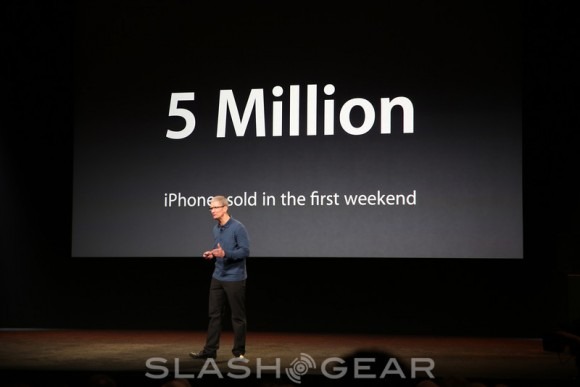
Speaking from a writer's perspective, this year I can tell you: the vast majority of the releases we've received from manufacturers has not been about hardware, it's been about apps and services. Nokia Music has been pushed almost as much as the Nokia Lumia Windows Phone 8 rebirth, the LG Intuition phablet device brought on the era of LG making a point to use "QuickMemo". LG's effort is as simple as allowing the user to make notes on a screenshot while Nokia is jumping in on the music sales universe, somewhere that everyone and their mother is working to angle to their advantage digitally.
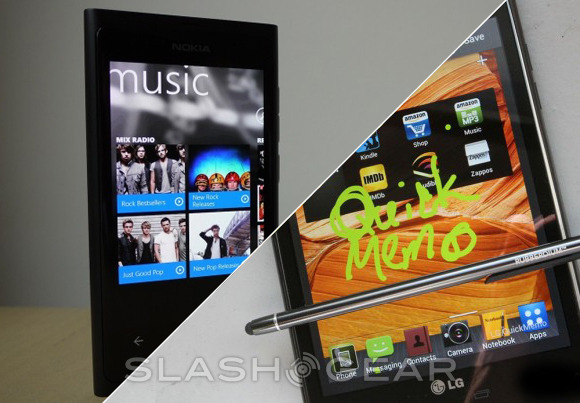
Apple has been working this angle since 2007 – or you could argue even before the iPhone was released with the iPod working exclusively with iTunes on Mac computers. Sony has an empire of cameras, gaming devices, and music playing pocketables that use their own cords and memory cards exclusively.
But that's not the future – and it's not the same as a software ecosystem.
The most important difference between manufacturing your device's own cords and creating software that works with your device exclusively is breakage. We've heard complaints about proprietary equipment being broken and having to be replaced for large amounts of cash in the past. We've also seen massive crowds of users getting wild over their device's exclusive network being knocked out.
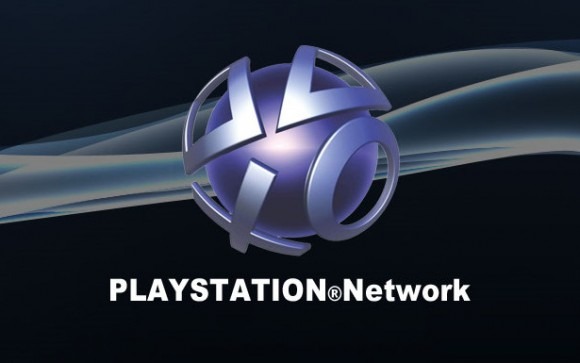
One is not better than the other in a negative sense – there's always going to be a major down side to creating the system around your hero device yourself, be it software or hardware. Having your own software, your own media network, your own app, music, movies, and digital book sales system though – that has a far more vast system of benefits than creating your own hardware ecosystem.
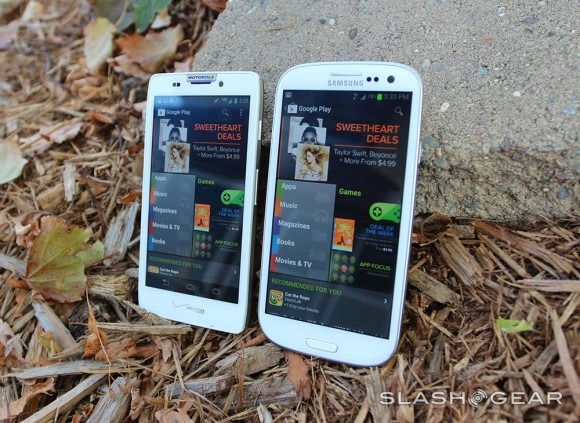
Create and require a new peripheral that your device requires to function and the only thing you can do to upgrade is to create a whole new peripheral. Create software that interacts with your device and you simply have to update that software – and you can do it as many times as you like. Software is the gift that keeps its ability to give – and it creates a lot less litter too, mind you.
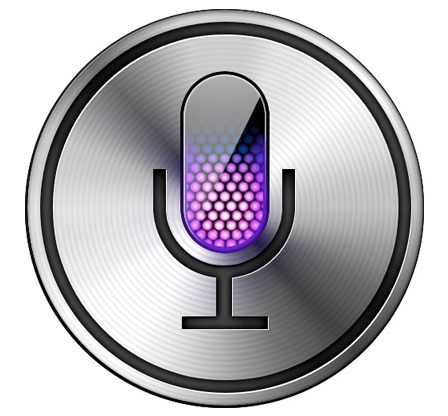
The brand power increases as well with each new app specific to a family of devices. The iPhone 5 now with a brand new cord doesn't sell nearly as well as The iPhone 5 now with a major upgrade to Siri. Samsung is aware of this – that's why the Galaxy S III was Samsung's coming-of-age, complete with a standard look and feel across the planet as well as a lovely little collection of Samsung-specific apps inside: and sharing abilities, too.
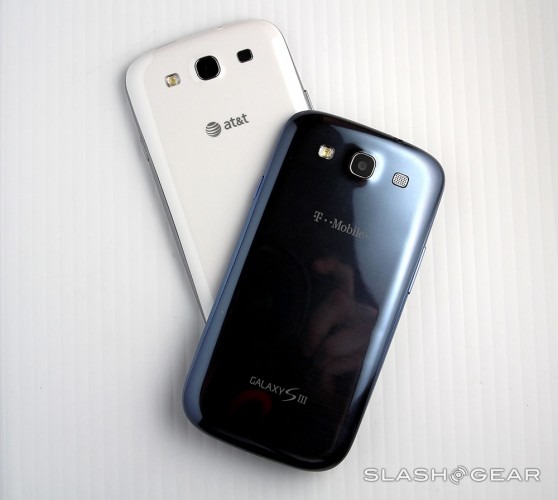
Nokia understands this too, and as they launch their family with Windows Phone 8 and Microsoft, a group that's more than just a little aware of the power of branding, they stand a chance of grabbing hold of the public's interest. Now we just have to see if the peak of smartphone evolution sticks, or if we'll continue to improve devices beyond the point at which we humans can even detect their changes.
